Master Amazon Dropshipping: Your Path to E-commerce Success
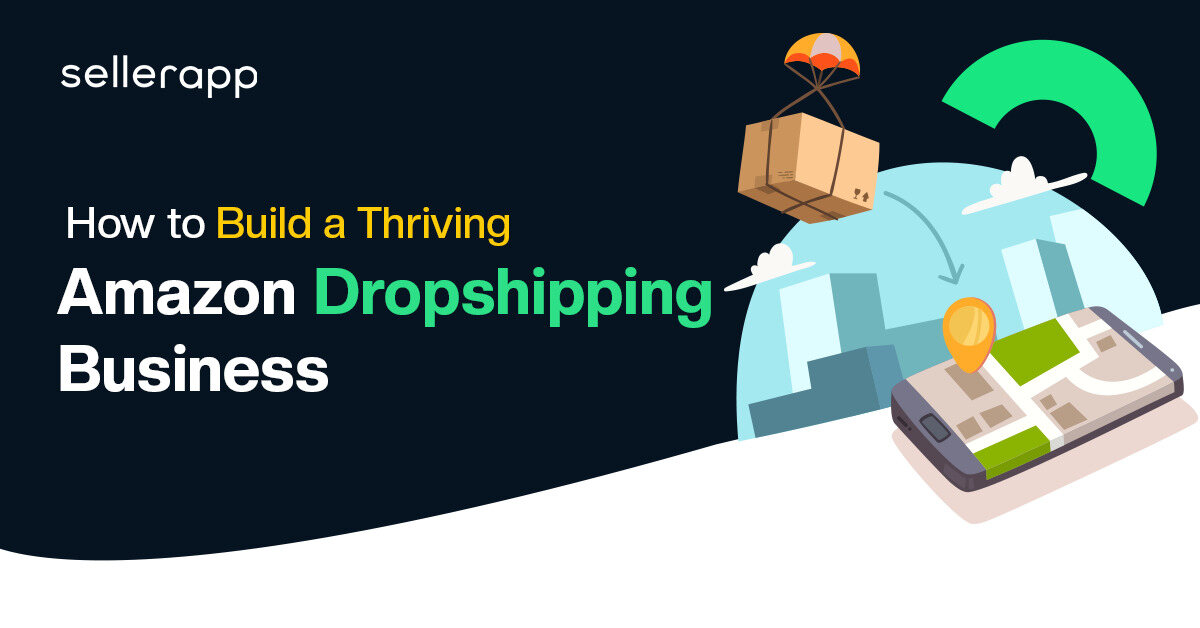
Have you ever seen a really cool product on Amazon and thought, “I wish I could sell that!”.
Well, now you can, without having to buy any inventory upfront or deal with shipping products yourself.
Amazon dropshipping allows you to sell products on Amazon that ship directly from the supplier to the customer when an order comes in.
It’s an incredibly lucrative business model that lets you run an Amazon store without many of the traditional hassles and costs.
In this blog, I’ll walk you through everything you need to know to get started with the Amazon dropshipping business.
Here, I’ll cover:
- What is Amazon dropshipping?
- How does dropshipping work on Amazon?
- Is dropshipping right for you?
- What are the advantages and disadvantages of Amazon dropshipping?
- Difference between Dropshipping vs. Retail Arbitrage vs. Private Labeling
- A step-by-step guide to starting dropshipping on Amazon
- Wrapping it up!
What is Amazon dropshipping?
Dropshipping on Amazon can be likened to playing the role of a middleman in a game of telephone. Just as the message is passed along from person to person until it reaches its final destination.
In Amazon dropshipping, you act as the intermediary between the customer and the supplier. Your goal is to deliver the customer’s order without physically handling the products.
To illustrate this concept, let’s consider an example:
John decides to sell a popular kitchen gadget on Amazon. He finds a supplier willing to provide the gadget for $10. John plans to list it on Amazon for $20, allowing him to make a $10 profit for each sale. When a customer places an order, John uses the $10 to purchase the gadget from the supplier. The supplier then ships the product directly to the customer.
Success in Amazon dropshipping hinges on two crucial factors:
- Finding the right products to sell and establishing strong relationships with reliable suppliers.
- Identifying products with high demand and profit potential while ensuring that the suppliers can consistently deliver quality products and reliable service.
Although dropshipping on Amazon offers a relatively low-cost method to start a business, it is not entirely free. Amazon charges various fees, including listing fees, referral fees on sales, and potentially fulfillment fees if you utilize Amazon’s fulfillment services.
Before embarking on dropshipping on Amazon, it is crucial to carefully evaluate the associated costs and gain a clear understanding of how they will impact your profit margins. Thorough research, planning, and understanding of the fees involved will help you maximize your chances of building a profitable dropshipping business on Amazon.
How does dropshipping work on Amazon?
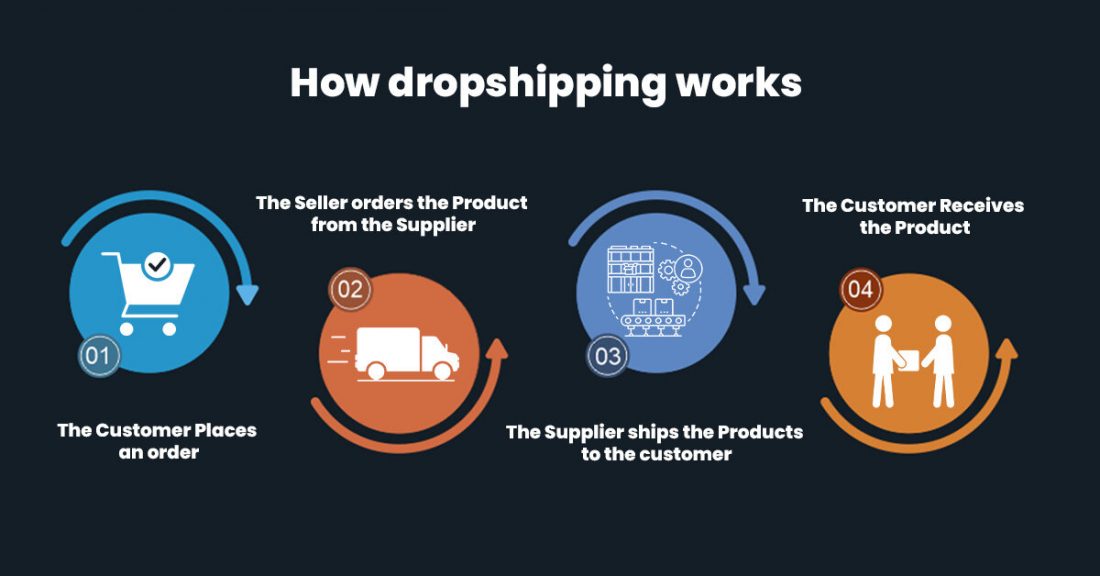
Dropshipping on Amazon involves three main parties: the seller, the supplier, and the customer.
Here, the supplier can be a third-party manufacturer, wholesaler, or retailer.
Here’s how the entire process works:
You create an account on Amazon
The first step in dropshipping on Amazon is that you should create an Amazon seller account. You can create an account by logging in to Amazon Seller Central.
Customers place orders on the marketplace
When a customer finds a product they want to purchase on the seller’s Amazon store, they place an order and pay for the item.
You order the product from the supplier
After receiving the customer’s order and payment, you then place an order with their supplier for the product. You pay the supplier for the product and provide the customer’s shipping address.
You ship the product directly to the customer
Once the supplier receives the order from you, they package and ship the product directly to the customer. The supplier also provides the tracking information to you so you can update the customer on the status of their order.
You manage customer service and returns
You are responsible for managing customer service inquiries and returns, even though you do not physically handle the products. If a customer has a question or concern, they contact you through Amazon’s messaging system.
You earn a profit
You set your own price for the product on Amazon, which is typically higher than the price they pay the supplier. The difference between the selling price and the supplier cost is your profit. If you’re also selling on other marketplaces, Amazon matches the price with the lowest price on any other marketplace. So ensure you maintain similar prices across all platforms that you’re selling in.
In the dropshipping model, the seller is responsible for managing the relationship with the customer, marketing, and sales of the product. At the same time, the supplier (which can be either a manufacturer or wholesaler) is responsible for warehousing and handling the logistics, including storing, packing, and shipping the products. The seller and supplier work together to ensure that products are delivered to the customer in a timely and efficient manner.
Amazon’s dropshipping policies – What should you know
Before we get into the dropshipping policies, we’d want to clear one common doubt faced by most beginners.
Is dropshipping legal or not?
Well, it is a legitimate business model. You should ensure that you comply with legal regulations by filing taxes correctly, obtaining the required licenses and permits, and adhering to consumer protection laws.
Seeking advice from legal professionals or business advisors can ensure that you operate your dropshipping business in a legal and ethical manner.
Here are the common Amazon dropshipping policies you should know about:
- Dropshipping is only acceptable if it is clear to the customer that you are the seller of record.
- It is strictly prohibited to purchase products from a third party, including Amazon, and have them shipped directly to customers without identifying yourself as the seller of record.
- Shipping orders with packing slips, invoices, external packaging, or other information indicating a seller’s name or contact information other than your own is strictly prohibited.
- Fulfilling orders using another company’s fulfillment service, a third-party logistics company, or a drop shipper requires an agreement where you are the only seller of record and are identified as such on all packaging slips, invoices, external packaging, and other information.
- Any packing slips, invoices, or external packaging identifying a different seller or third-party supplier must be removed prior to shipping the order.
- You remain responsible for accepting and processing customer returns and must comply with the Business Solutions Agreement (BSA) and applicable Amazon policies.
It’s important to note that Amazon does not offer a dropshipping service itself. Instead, Amazon allows third-party sellers to use its platform to sell products, including utilizing the dropshipping model. However, it’s crucial to adhere to Amazon’s policies and guidelines to maintain a good standing on the platform.
Remember that as a dropshipper on Amazon, you are responsible for the authenticity of your products, providing excellent customer service, and meeting Amazon’s requirements for shipping times and other performance metrics.
By following Amazon’s dropshipping policy and providing a positive customer experience, you can build a successful dropshipping business on the platform.
Is dropshipping right for you?
If you are considering dropshipping, then consider these questions
Do you want to build your brand?
Before you choose to dropship, you should understand the limitations of dropshipping when it comes to branding. With dropshipping, you have less control over the product quality, delivery experience, and packaging aesthetics, which can affect the customer’s perception of your brand.
You can still build a brand by offering memorable customer experiences. For instance, you can create a visually appealing website with engaging product descriptions and images.
You can also work with your dropshipping supplier to ensure that they meet your quality standards and provide consistent and reliable delivery.
While dropshipping may present some challenges when it comes to building a brand, it’s still possible to set your business apart from the crowd.
Can you offer superior product quality?
As a dropshipper, you will have limited control over the quality of the products you sell. While you may be able to inspect the quality of products at the start of your dropshipping relationship, ongoing quality control is typically the responsibility of the supplier.
If the products fail to meet customer expectations or are of poor quality, it can hurt your business. Customers may leave negative reviews, and this can damage your reputation and make it more difficult to attract new customers.
To mitigate the risks of poor product quality, choose reliable and trustworthy dropshipping suppliers for your business. You should thoroughly research potential suppliers and check their reviews and ratings before partnering with them. Additionally, you can request samples of their products to inspect the quality before listing them for sale.
By focusing on providing exceptional customer service, you can build a strong reputation for your business and encourage customer loyalty, even in the face of quality issues.
Can you deliver your products quickly?
Ensure your dropshipping supplier offers fast and reliable shipping options. Before partnering with a supplier, you should review their shipping policies and delivery timeframes to ensure that they meet your customers’ expectations.
Additionally, you can consider using a service like Fulfillment by Amazon (FBA) to handle your order fulfillment. With FBA, you can store your products in Amazon’s warehouses, and Amazon will handle the packing and shipping of your orders. This can provide faster shipping times and may also help improve your search rankings on Amazon.
Ultimately, shipping speed is an important factor for e-commerce customers, and you should aim to offer fast and reliable shipping options to keep your customers satisfied. By working with a reliable dropshipping supplier or using a service like FBA, you can offer fast shipping times and help ensure that your customers have a positive shopping experience.
Can you reach your target profit margin?
Achieving high-profit margins in dropshipping can be challenging due to low barriers to entry and intense competition in the market. While most dropship sellers maintain profit margins of 5-20%, it’s important to consider that average margins matter primarily when selling in volumes.
To increase your profit margin in dropshipping, consider implementing the following strategies that can set your business apart from competitors and position you for success.
First, identify profitable niches with higher profit margins or lower competition through market research, networking, and analyzing sales data. By focusing on a specific niche, you can offer unique products in high demand, enabling you to charge higher prices and increase your profit margin.
Second, differentiate your brand to increase profit margins. By building a strong brand identity and delivering exceptional customer service, you can stand out from competitors and attract a loyal customer base. This includes promptly responding to customer inquiries, handling returns and refunds efficiently, and going above and beyond to ensure customer satisfaction. By providing excellent customer service, you can build a strong reputation for your brand and encourage customer loyalty.
The aforementioned strategies are a few examples to increase your profit margins in dropshipping.
What are the advantages and disadvantages of Amazon dropshipping?
If you might have done enough research about dropshipping, you would probably know dropshipping is not for everyone. In fact, most sellers cannot scale with this model. So we want you to consider the pros and cons of dropshipping before you start your business.
Advantages
For those who are just starting out, Amazon dropshipping offers several advantages to starting an e-commerce business. Here are some of the key benefits:
Overhead costs:
Amazon dropshipping eliminates the need for sellers to purchase and store inventory, which significantly reduces overhead costs such as rent, utilities, and employee wages. This makes it easier for new businesses to get started with minimal financial investment.
Starting costs:
The cost of starting an Amazon dropshipping business is much lower than traditional retail businesses, as there are no upfront costs for purchasing inventory or leasing warehouse space. All that is needed is a seller account on Amazon and a reliable supplier.
Reduced risk:
With drop shipping, sellers do not need to purchase inventory in advance, reducing the risk of unsold stock and financial losses. Instead, they only order products from the supplier when a customer makes a purchase, eliminating the need to hold inventory and reducing the risk of overstocking or understocking.
Multi-channel selling:
Amazon dropshipping allows sellers to sell on multiple channels, including their own website or other online marketplaces, in addition to Amazon. This increases the potential customer base and revenue streams.
Operating location:
Amazon dropshipping allows sellers to operate their business from anywhere in the world, as long as they have an internet connection. This provides flexibility and the ability to work remotely.
Scalability:
Amazon dropshipping is highly scalable, allowing sellers to expand their business quickly and easily. As sales grow, sellers can work with additional suppliers to increase product offerings and expand into new markets.
Wide variety of products:
Dropshipping allows sellers to offer a wide variety of products without the need to physically store them. This makes it easier to test new products and categories to see what sells best.
Moreover, Amazon’s dropshipping model seamlessly integrates with third-party platforms, enabling sellers to offer a range of personalized products, such as custom-designed tees, further expanding their product portfolio.
Flexibility:
Dropshipping allows sellers to adjust product offerings and pricing in real-time, making it easier to respond to changes in customer demand or market trends.
Amazon dropshipping offers several advantages for sellers looking to start an e-commerce business or expand their existing business. By eliminating the need for inventory and reducing overhead costs, dropshipping provides a low-risk, flexible way to sell products on Amazon and other online marketplaces.
Disadvantages
While Amazon dropshipping offers several advantages for sellers, there are also some disadvantages to consider. Here are some of the key drawbacks:
Competition:
Amazon is a highly competitive marketplace, with many sellers offering the same or similar products. This can make it difficult to stand out and attract customers, especially for new or small sellers. While doing your initial market research, ensure you eliminate categories that are dominated by similar models.
Product Quality:
As a seller, you have little control over the quality of the products you sell when using a dropshipping model. This can lead to negative reviews and returns if customers are dissatisfied with the product.
Branding:
Dropshipping can make it difficult to establish a unique brand identity, as the products are often sold under the manufacturer’s or supplier’s branding. This can make it harder to build a loyal customer base and differentiate yourself from competitors.
Profit margins:
Dropshipping margins are generally lower than traditional retail margins, as sellers must pay a higher price per unit to their suppliers. This can make it harder to generate significant profits, especially for low-priced products.
Fulfillment timeline:
Dropshipping can lead to longer fulfillment timelines, as sellers rely on suppliers to fulfill orders and ship products directly to customers. This can result in longer shipping times and delayed deliveries, which can lead to negative reviews and lower customer satisfaction.
Inventory management:
Sellers using a dropshipping model have little control over inventory management, which can lead to issues with out-of-stock products or delays in restocking.
Range of offers:
Dropshipping can limit the range of products and product variations that sellers can offer, as they are reliant on the products and inventory of their suppliers.
Supplier errors:
Sellers are reliant on suppliers to fulfill orders accurately, which can lead to errors such as shipping the wrong product or quantity, or delivering damaged products.
Complex customer service:
Dropshipping can lead to more complex customer service issues, as sellers must work with suppliers to resolve issues such as returns, exchanges, or damaged products. This can lead to longer resolution times and more complicated communication with customers.
Amazon dropshipping can be a profitable and flexible way to sell products, but it’s important to consider the potential drawbacks and carefully manage your business to mitigate any issues that may arise.
Difference between Dropshipping vs. Retail Arbitrage vs. Private Labeling
Here’s an explanation of dropshipping, retail arbitrage, and private labeling in a column format:
| Dropshipping | Retail Arbitrage | Private Labeling |
|---|---|---|
| Involves selling products without owning or storing inventory | Involves buying products from retail stores at a discount and reselling them for a profit | Involves creating a new product or brand and selling it under your own label |
| The seller works with a supplier (can be manufacturer, retailer, or wholesaler) who ships products directly to customers | Seller sources products from physical retail stores or online marketplaces | The seller creates a new product or brand and works with a manufacturer to produce and ship products |
| Low startup costs and overhead costs | Requires upfront investment to purchase inventory | Requires upfront investment to create and manufacture products |
| Little control over product quality or branding | Limited control over product quality and branding | Full control over product quality and branding |
| Can offer a wide variety of products with little upfront investment | Limited to the products available for purchase at retail stores or online marketplaces | Can create unique products or brands with a distinct identity |
| Lower profit margins due to higher product costs and shipping fees | Higher profit margins due to buying products at a discount | Higher profit margins due to owning the product and brand |
| Can be done from anywhere in the world with an internet connection | Requires physical proximity to retail stores or access to online marketplaces | Requires finding a manufacturer and negotiating production costs |
Dropshipping may be a good option for new or small sellers looking to start an e-commerce business with low startup costs, while retail arbitrage may be better suited for sellers with experience in product sourcing and a willingness to invest in inventory.
On the other hand, Private labeling may be the best option for sellers looking to create a unique product or brand with full control over quality and branding.
A step-by-step guide to starting dropshipping on Amazon
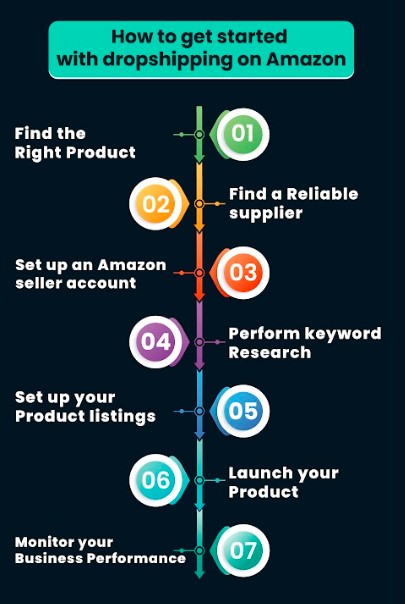
Dropshipping is an exciting business venture that allows you to sell products on Amazon without having to stock inventory or worry about shipping. It’s a low-risk, high-reward business model that has become increasingly popular over the years. In this guide, we’ll show you how to dropship on Amazon in seven easy steps.
Find the right products
The first step to dropshipping on Amazon is to find the right products. You want to sell items that are already generating significant revenue on Amazon. Look for products with a history of selling well and generating a substantial number of daily orders.
If you want to find high-potential products check out SellerApp’s Product Research tool. This tool can give you a database of 100 million products with their data points, which will be easier for you to select.
All you need to do is log in to the SellerApp dashboard. Input the category and the keywords of your choice. SellerApp gives you the top products based on their Opportunity Score, estimated sales, ratings, FBA fees, and more.
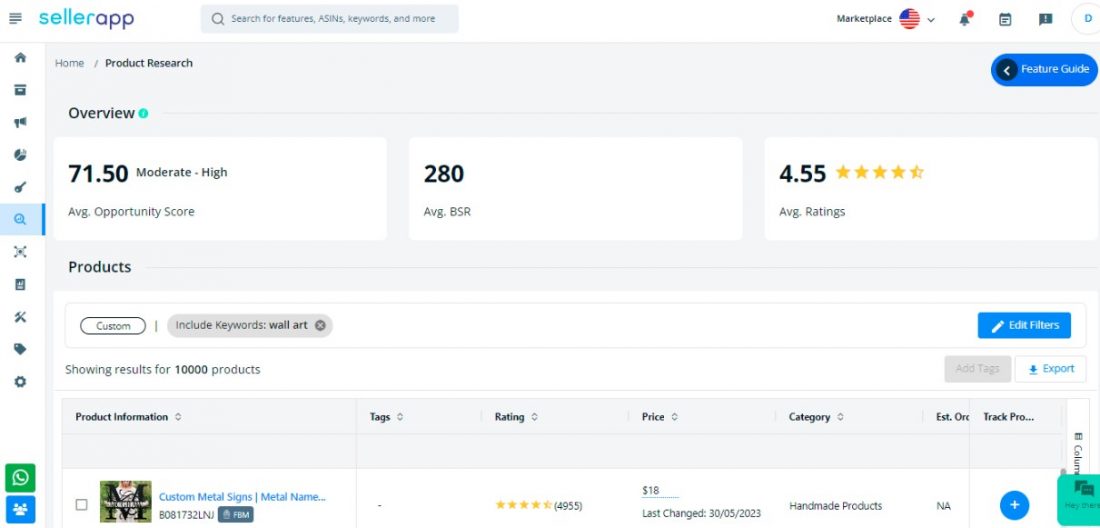
Find a supplier
Once you’ve found your niche, it’s time to find a legitimate supplier who understands dropshipping. There are several ways to find suppliers, including Google searches, attending trade shows, investing in a supplier directory, and contacting the manufacturer directly. When choosing a supplier, you need to screen them carefully and ensure they’re up for the job of processing orders and shipping products to customers.
Set up your Amazon Seller Central account
Next, set up your Amazon Seller Central account. This step is straightforward, and you can find more information on Amazon’s website. It’s recommended that you opt for the Professional plan rather than the Individual plan if you plan to sell more than 40 units every month.
If you want to know more about how to set up your Amazon Seller Central account, check out this article.
Do your keyword research
After setting up your account, do your keyword research. It’s essential to speak the language of Amazon shoppers and understand the type of queries they use to find products online. Gather the top keywords for your products and target your top competitors through SellerApp’s reverse ASIN tool to identify the keywords they use in their listings.
Prepare your product listing
Then, prepare your product listing. Your listing is the first thing potential customers will see when they visit your page on Amazon. It needs to be creative, innovative, and compelling while carrying all the top keywords of your product.
It must answer the reader’s question – “Why should I buy your product?” – while being easily discoverable by Amazon’s search engines.
Launch your product
Next, to successfully launch your product on Amazon, it’s essential to have a comprehensive strategy that focuses on promoting your product through social media, and Amazon Sponsored Products campaigns.
The first step in launching your product is to make it visible in Amazon’s search results. This can be achieved through pay-per-click (PPC) campaigns that will drive traffic to your listings. Additionally, you can create hype around your product by promoting it on social media platforms like Facebook, Instagram, and Twitter.
By implementing a well-rounded launch strategy that includes social media promotion, and Amazon Sponsored Products campaigns, you can increase your product’s visibility and sales on Amazon.
Proactively monitor the performance of your business
As a dropshipper on Amazon, you have two main responsibilities: ensuring that your supplier is fulfilling orders properly and managing inventory, driving traffic to your product listings, and generating sales. To succeed in this business, it’s important to stay organized and keep a close eye on your listing’s performance in search results.
To ensure a smooth operation, you should regularly check your ad campaigns, optimize them as needed, and strive to improve your product’s search ranking. Maintaining a good relationship with your supplier and monitoring order fulfillment times are essential for customer satisfaction and repeat business.
By staying on top of these tasks and continuously working to improve your business, you can set yourself up for success as an Amazon dropshipper. Remember to screen your suppliers carefully, do your keyword research, and create a compelling product listing.
Wrapping it up!
Amazon dropshipping can be a viable business model for those looking to start an online e-commerce business without investing in inventory. However, it’s important to note that dropshipping has its limitations and challenges.
Remember, building a successful dropshipping business takes time, effort, and patience, but with the right approach, it’s possible to create a profitable and sustainable business in the e-commerce industry. So, take the leap and get started on your Amazon dropshipping journey today!


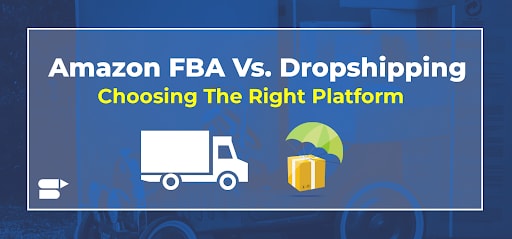

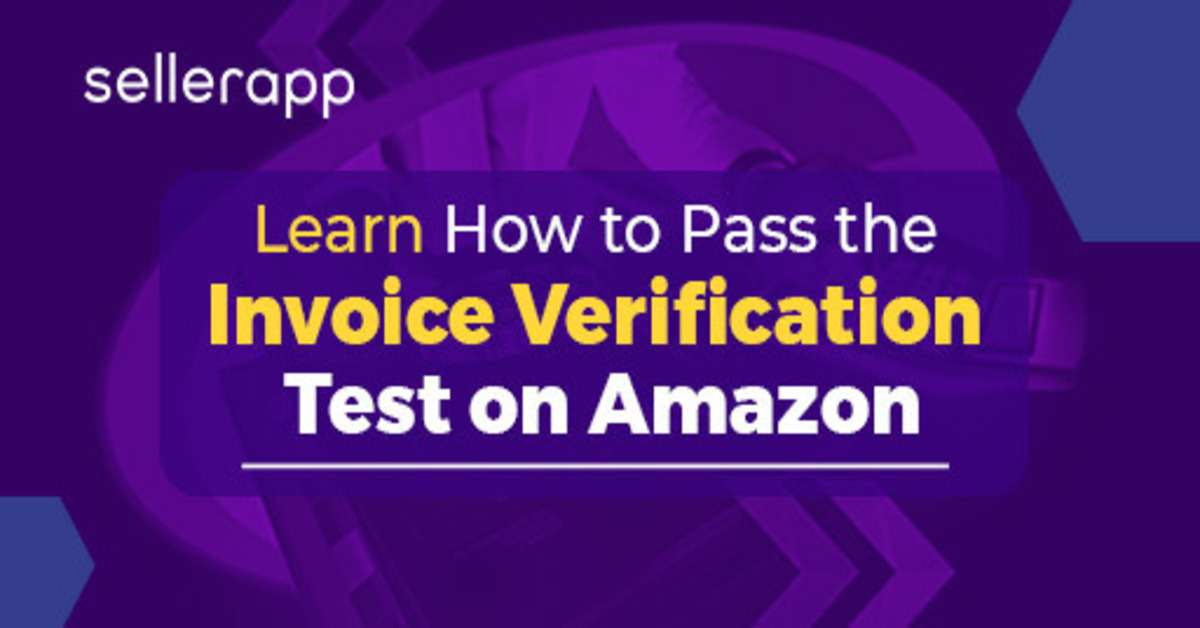
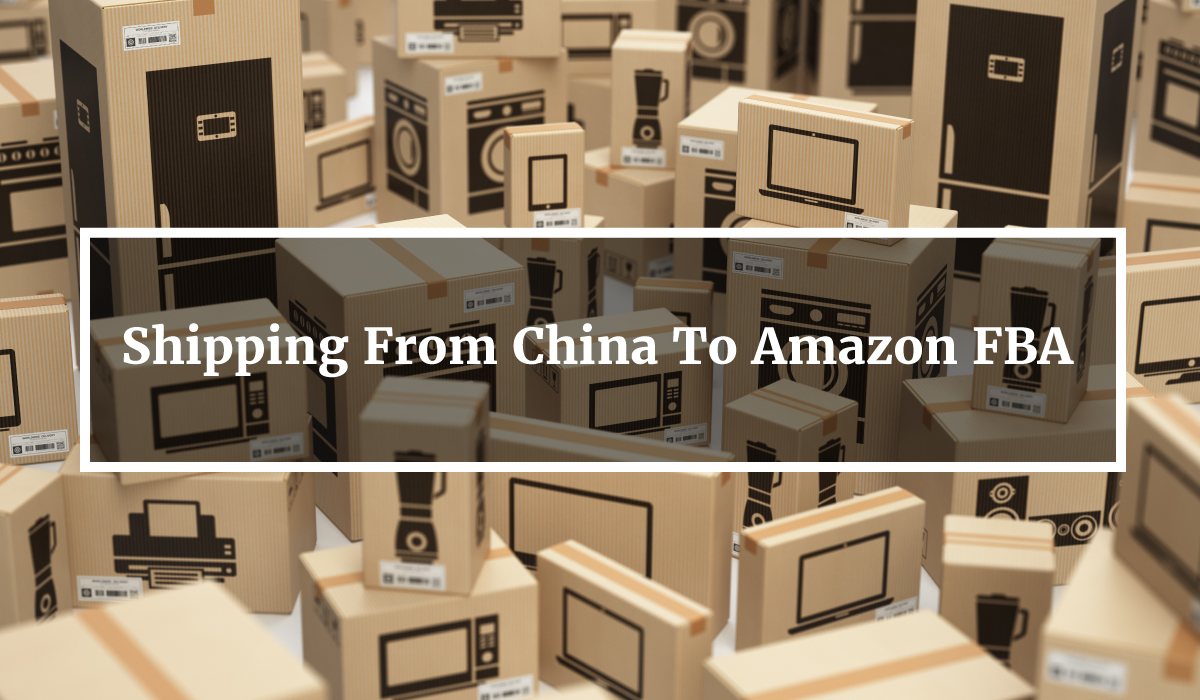
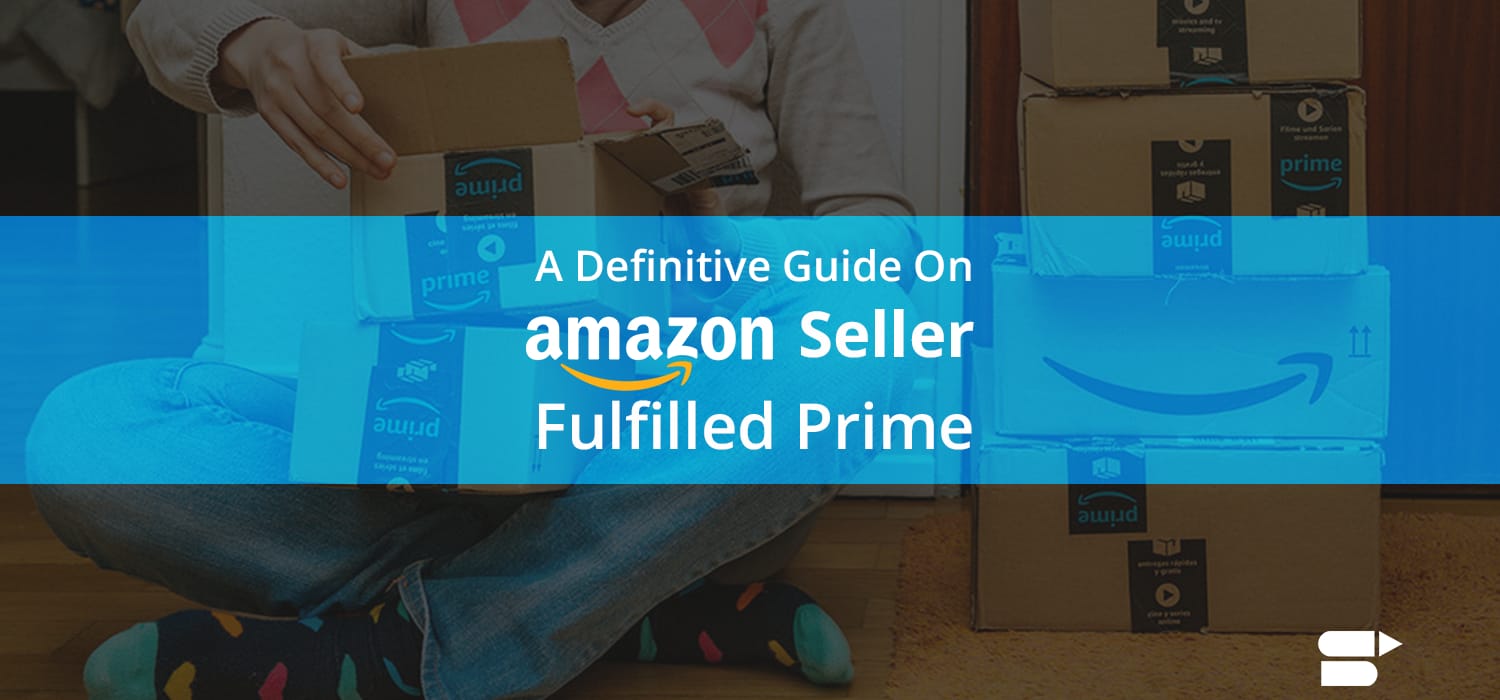
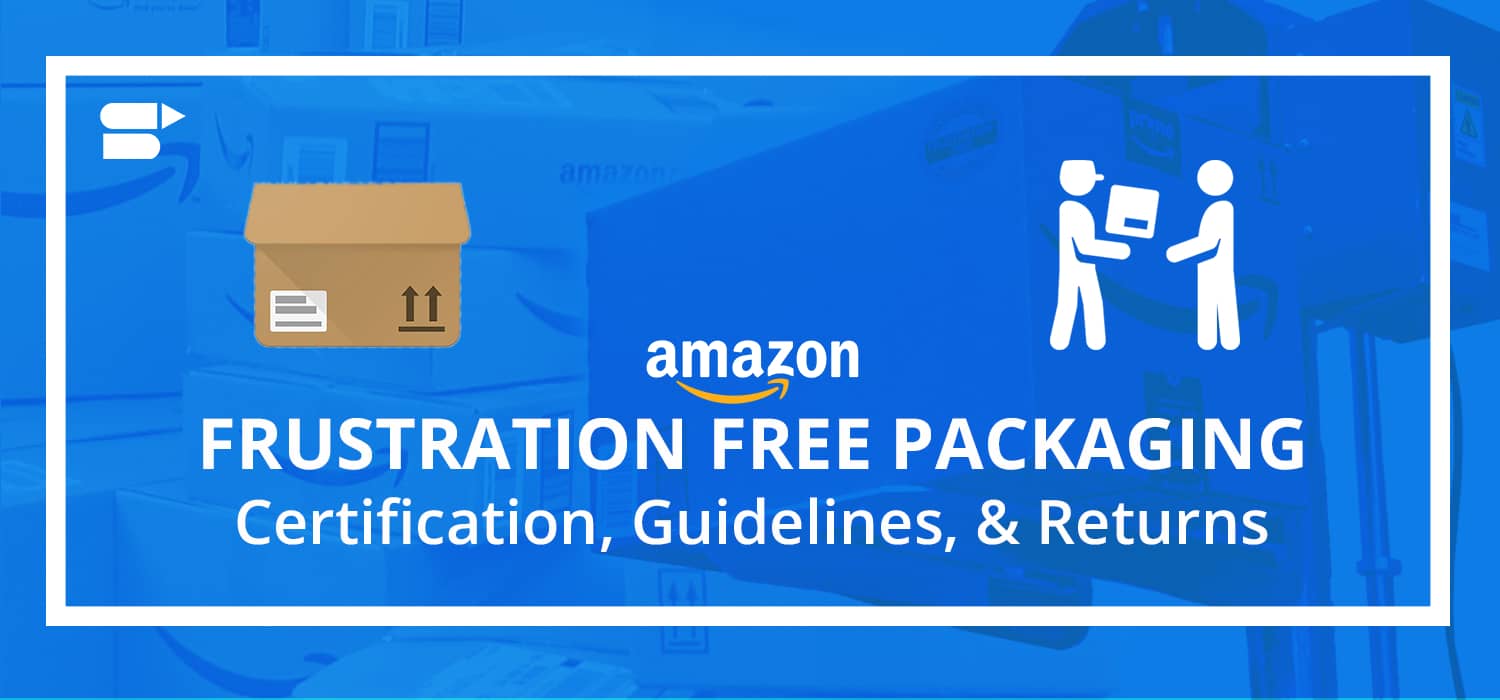

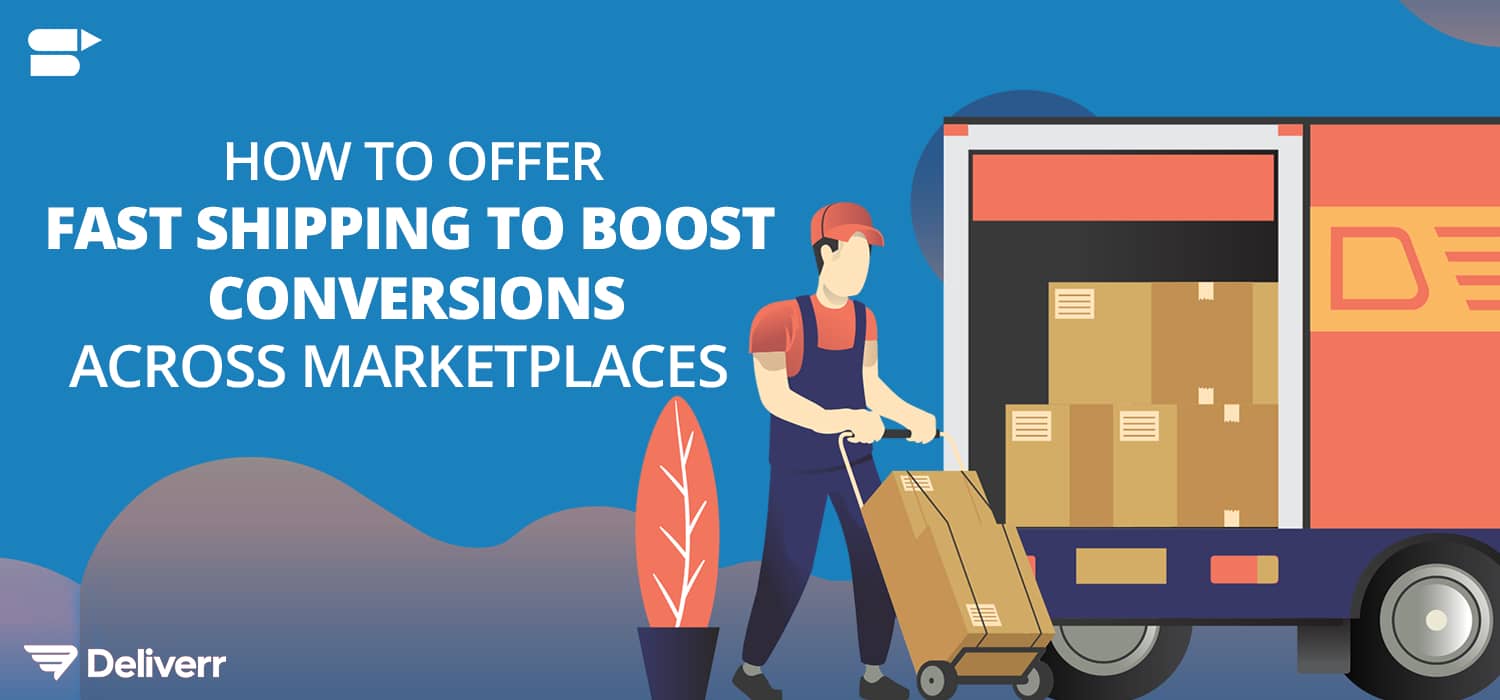

Martin Liam
April 11, 2021Very clearly explained regarding Amazon Drop Shipping.
I liked the videos too.
Thank you SellerApp.
Arishekar N
June 16, 2021Thanks so much for sharing your feedback with us.